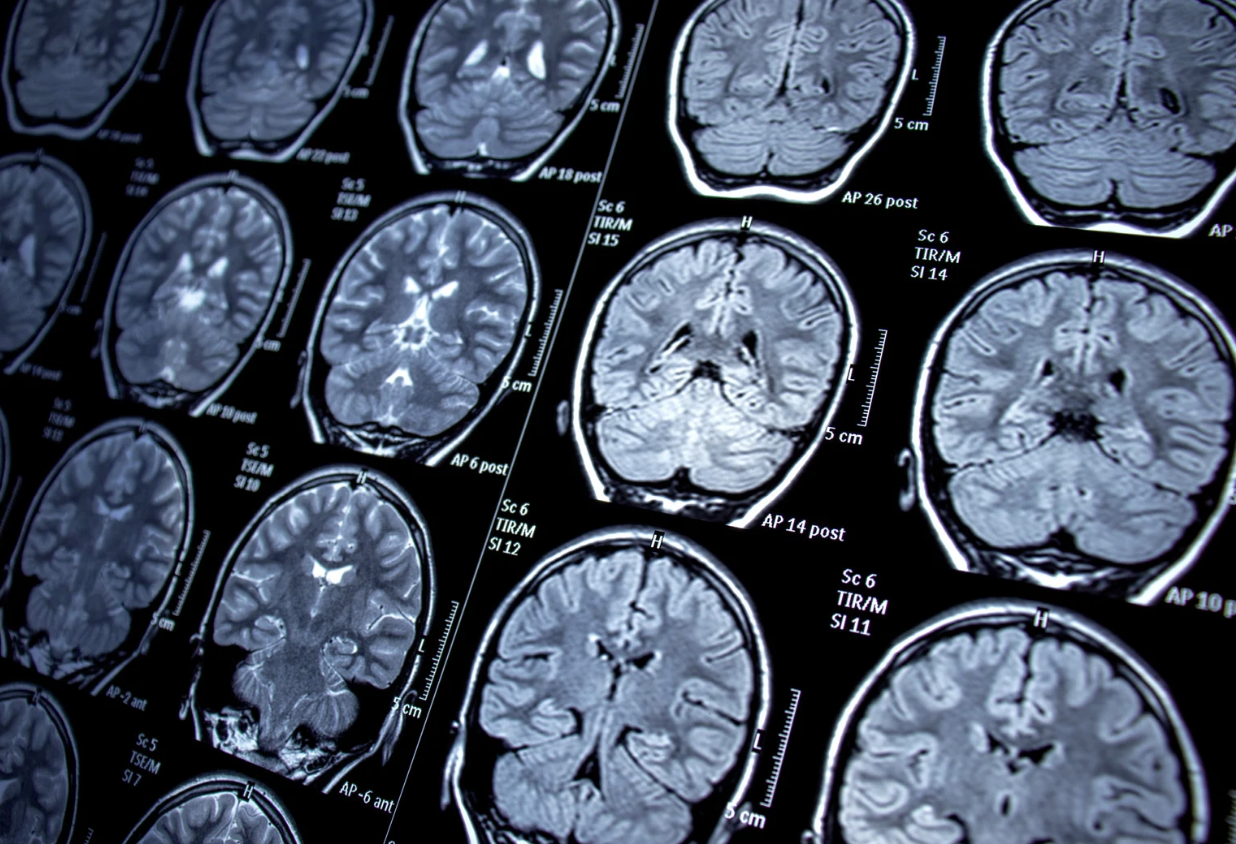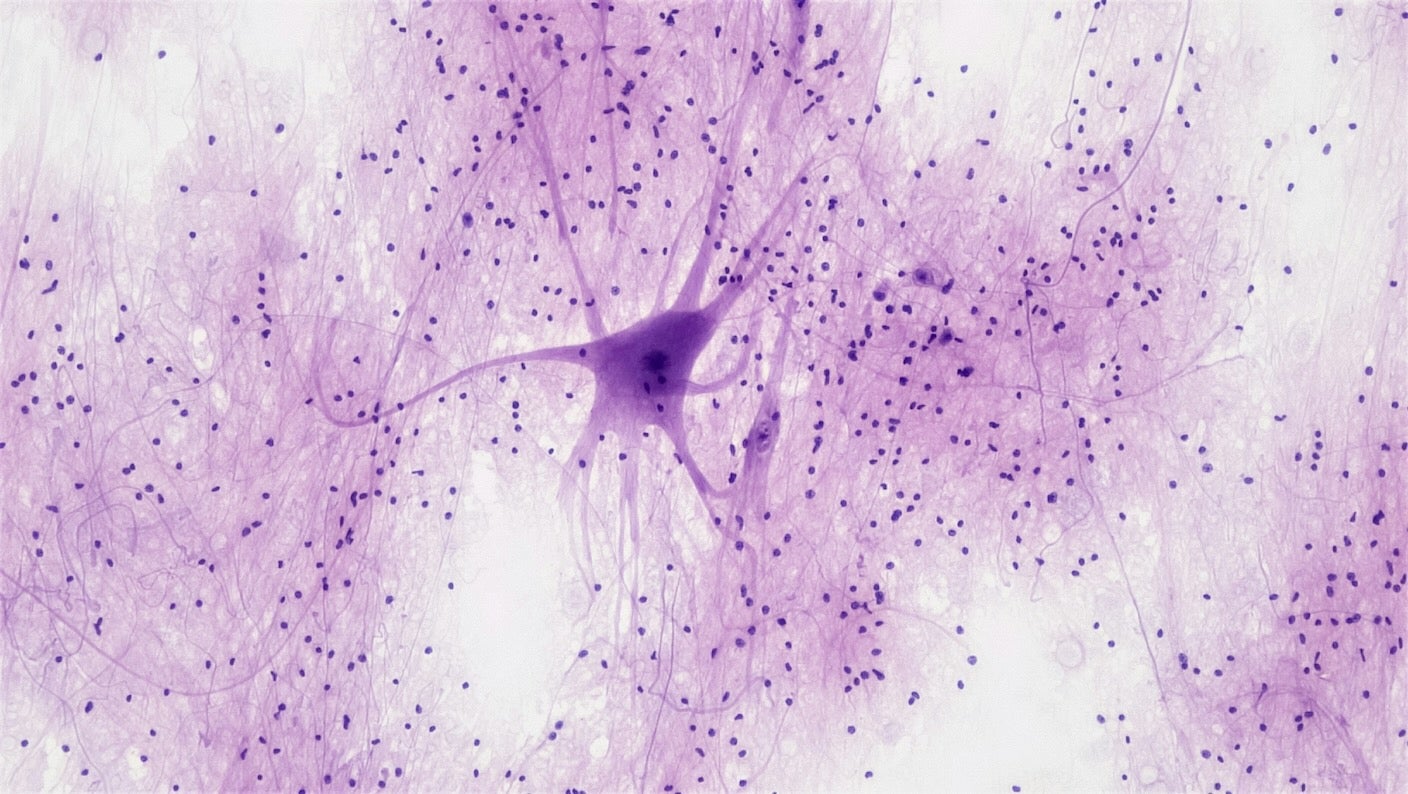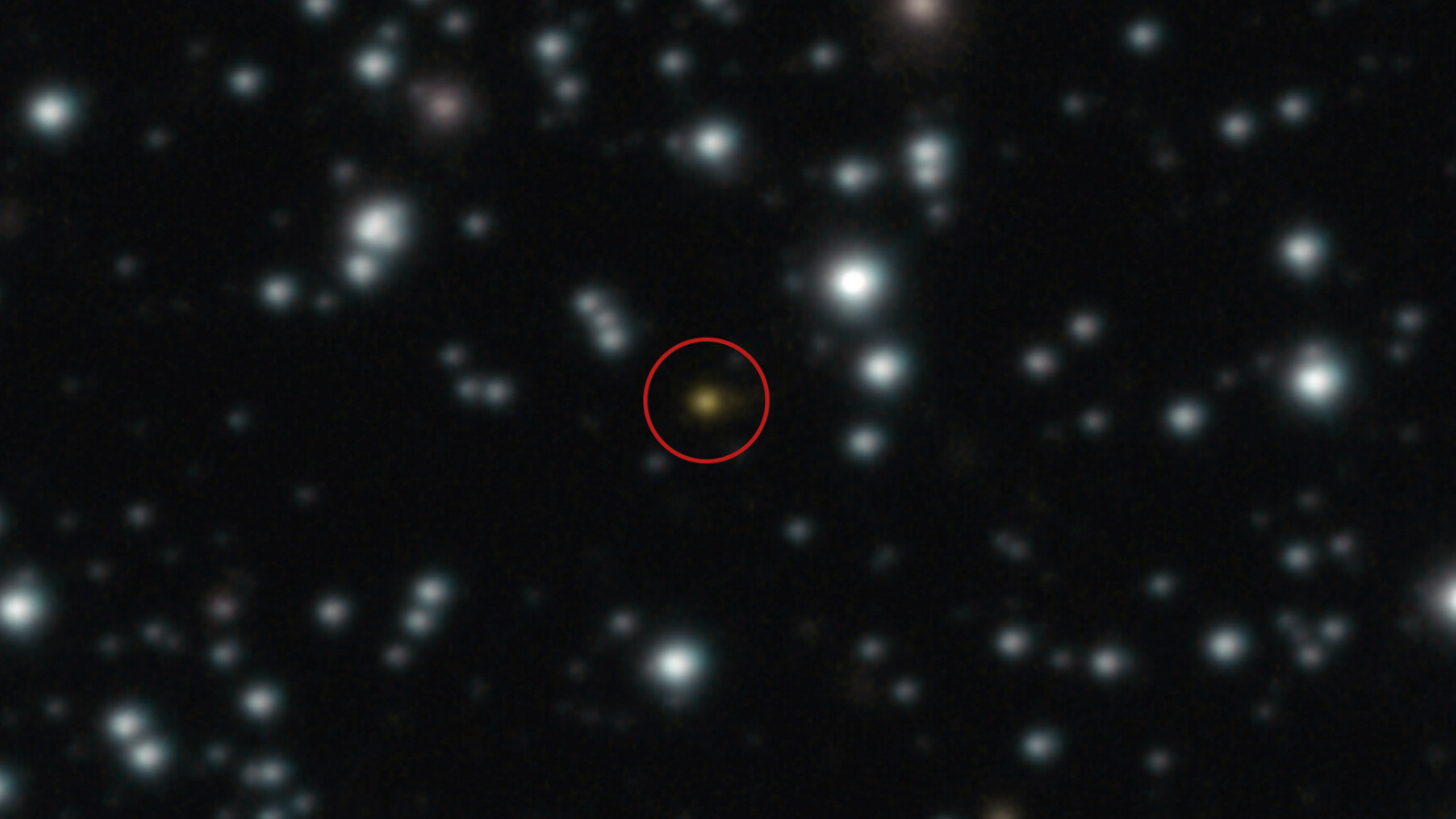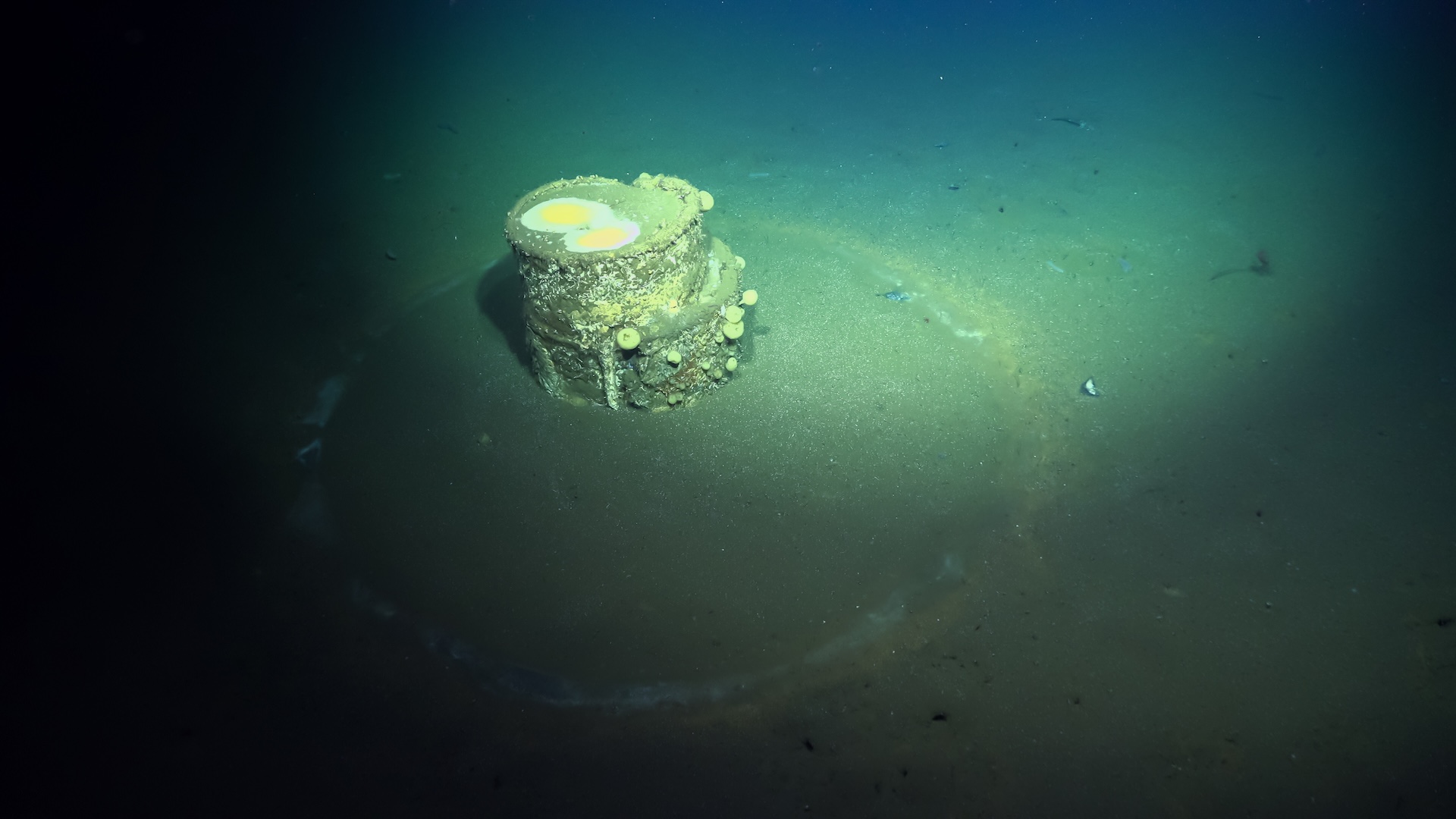Groundbreaking Research Suggests Human Body Emits Faint Glow Until Death

A team of Canadian scientists has unveiled a remarkable discovery suggesting that the human body may continuously emit an extremely faint glow that ceases upon death. This groundbreaking research, recently published in The Journal of Physical Chemistry Letters, indicates that living organisms, including humans, could literally illuminate with vitality until their final moments.
The research was conducted by scientists from the University of Calgary in collaboration with the National Research Council of Canada. They undertook revolutionary experiments on mice and various plant specimens that provided direct physical evidence of a peculiar phenomenon known as "biophotons," which appears to terminate upon the cessation of life. These findings not only challenge existing notions about biological processes but also open intriguing possibilities for the development of non-invasive diagnostic technologies.
At first glance, one might be tempted to connect this research to previously debunked paranormal claims regarding auras surrounding living beings. However, the authors of the study assert that their scientific foundations are robust. The primary challenge lies in detecting these visible wavelengths of light, as they are extraordinarily weak and typically drowned out by background electromagnetic radiation and the metabolic heat generated by living organisms.
Physicist Vahid Salari from the University of Calgary and his team have successfully observed what they describe as ultraweak photon emissions (UPE) from live mice, a stark contrast to measurements taken after death. The details of their findings, documented in The Journal of Physical Chemistry Letters, reveal that similar patterns of faint light emissions were identified in leaves from multiple plant species, further supporting the notion of biological light production.
The scientific basis for the concept of biophotons is not a new or contentious idea. Numerous biological processes are known to generate visible light through a mechanism called chemiluminescence. Scientists have been recording spontaneous light emissions, ranging from 200 to 1,000 nanometers, from various living cells for decades, including tissues from cow hearts and colonies of bacteria.
According to the researchers, the leading candidates for generating this radiation are reactive oxygen species produced by cells under stress, such as exposure to heat, toxins, infections, or nutrient deprivation. When there are sufficient hydrogen peroxide molecules present, fats and proteins can undergo transformations that energize their electrons, leading to photon emission as the electrons return to their stable state.
The potential to monitor stress levels in entire living subjects—whether human patients, animals, crops, or bacterial samples—could provide researchers and healthcare professionals with powerful diagnostic capabilities that do not require invasive procedures. This represents one of the most promising avenues emerging from this research.
To investigate whether this phenomenon can be scaled from isolated tissues to entire organisms, the research team utilized advanced imaging techniques, including electron-multiplying charge-coupled device (EMCCD) cameras, to measure the incredibly faint emissions from whole mice. Initially, they imaged the mice while alive, and then again after they were euthanized. In their experimental setup, four immobilized mice were placed in a dark chamber and imaged for 60 minutes before being humanely euthanized for an additional hour of imaging. The researchers maintained the body temperature of the mice even after death to control for heat as a confounding variable.
According to the findings reported in The Journal of Physical Chemistry Letters, the team successfully captured individual photons in the visible light spectrum emanating from mouse cells before and after death. The data demonstrated a substantial decrease in UPE measurements following euthanasia, indicating a significant difference in photon counts.
Additionally, similar experiments conducted on thale cress (Arabidopsis thaliana) and dwarf umbrella tree (Heptapleurum arboricola) leaves produced compelling results. The researchers induced stress through physical damage and chemical agents, yielding strong evidence that reactive oxygen species are responsible for this subtle luminescence.
As the researchers observed, "Our results show that the injured parts of all leaves were significantly brighter than the uninjured sections during all 16 hours of imaging." This observation reinforces the hypothesis that these faint glows produced by stressed cells could potentially serve as indicators of overall health status.
The implications of this research are profound. The ability to detect these subtle emissions could pave the way for innovative applications in medicine and biological monitoring, providing a non-invasive means of assessing health and stress levels in living organisms.



















